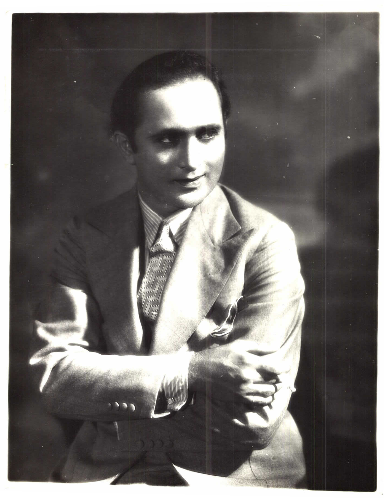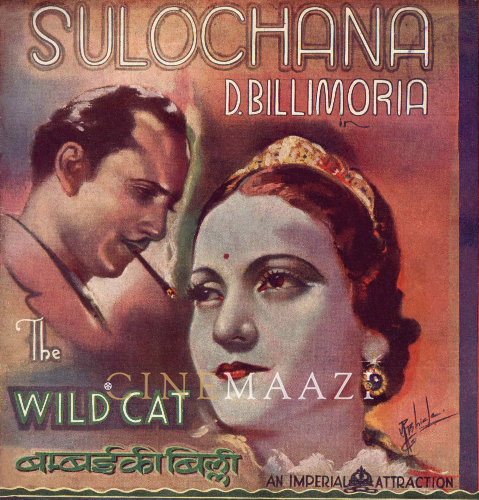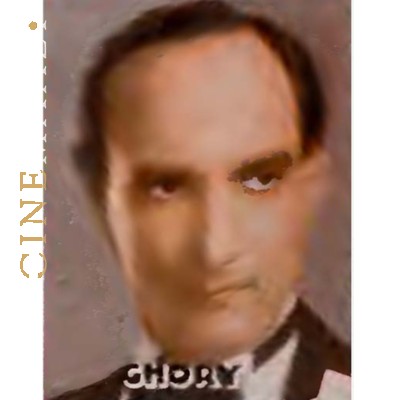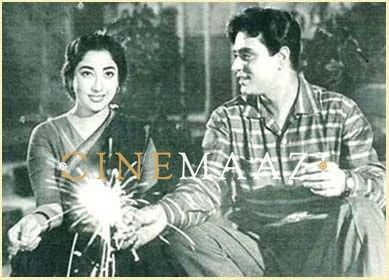Dinshaw Bilimoria

Subscribe to read full article
This section is for paid subscribers only. Our subscription is only $37/- for one full year.
You get unlimited access to all paid section and features on the website with this subscription.
Not ready for a full subscription?
You can access this article for $2 , and have it saved to your account for one year.
- Born: 11/12/1904 (Kirkee)
- Primary Cinema: Hindi
One of the biggest stars of Indian cinema’s silent era, Dinshaw Bilimoria is widely remembered as the dashing hero of early adventure fantasies. Born in 1904 in Kirkee, he began his acting career in N.D. Sarpotdar’s United Pictures. He acted in mythologicals and historicals like Chhatrapati Sambhaji (1925), Tai Teleen (1926) and Umaji Naik (1926). These films were usually based on Maratha legends. The turning point in his career came when he joined Ardeshir Irani’s Imperial Films studio.
M. Bhavnani’s classic Wildcat of Bombay (1927) and R.S. Choudhary’s Anarkali (1928) proved to be massive hits for the studio. They established Bilimoria and Sulochana as one of the top-grossing on-screen pairings of the time. His popular identity as the John Barrymore figure of Indian cinema can be credited to these costume dramas opposite Sulochana’s ‘Queen of Romance’ figure. Together they went on to deliver hits like Madhuri (1928), Indira BA (1929) and Heer Ranjha (1929). Many of these silent hits would later be remade into talkies, often featuring the same cast and crew (such as Indira MA in 1934 and Anarkali in 1935). He went on to work with some of the most influential filmmakers of early Hindi cinema such as Chandulal Shah, Homi Master and Jaswantlal. He acted in some of Ranjit Movietone’s early films which proved to be crucial for the company. He starred in Chandulal Shah’s first talkie hit Devi Devayani (1931). He was widely publicised as the highest paid actor of the silent era. The 30’s and the 40’s saw him slowly transition from lead roles to playing smaller characters.
He turned director in 1942 with the adventure film Jawani Ki Pukar, the story of two friends who chase their dreams in Bombay. He was also advertised to be the director of a film called Azadi-e-Watan (1940), but this was probably a dubbed version of an American film.
Dinshaw Bilimoria was one of the early superstar personas of Indian cinema, dazzling audiences with his daring feats and charm. His influential work in the silent era carried over into the early talkies period, giving the studios a template to easily adapt into sound films. His work in the adventure and historical films would leave a lasting impact on the journey of these genres in Hindi cinema.
Note: In an interview published in Chitrapat in 1935, Dinshaw Billimoria claimed that his debut film was Mere Pita/Father of Mine and that he entered the industry in 1928. But conflicting sources claim otherwise.
References
Encyclopedia of Indian Cinema, ed. Paul Willemen and Ashish Rajadhyaksha, Oxford University Press, New Delhi, 1998.












.jpg)



